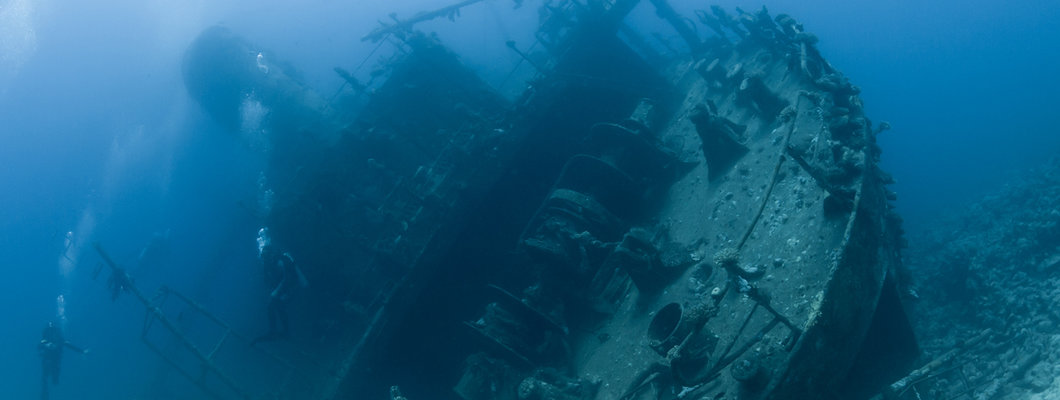
Everything is everywhere, but the environment selects.' With these words, Baas Becking achieved fame as early as 1934. The underlying idea seems simple: micro-organisms live everywhere, and the environment determines whether they thrive. But in the early twentieth century, it was a revolutionary idea, which created the basis for soil microbiology.
We now know how true this hypothesis of Baas Becking is. An average of 5 billion micro-organisms (bacteria, archaea (primordial bacteria), fungi, protozoa), consisting of an estimated 1,000 to 100,000 species, live in a gram of soil in the upper meters anywhere in the world. Of which, by the way, only 5% is known and ever cultivated in a laboratory. On the surface and close to plant roots, this can even amount to as much as 100 billion per gram. Fungi are among the largest organisms on earth with a size of their hyphae (mycelium) of sometimes several kilometers in diameter.
Even deep in aquifers, up to a 100 million micro-organisms (especially bacteria and archaea) can be found per gram of soil. In the deep sea at 4000 metres depth, the indestructible Titanic fell prey to an iron-eating bacterium.
At a depth of 20 metres below the ocean floor, there are still approximately a thousand micro-organisms living per gram of sediment. In 66 million-year-old sediment, bacteria have been found that probably only divide once every thousand years. This suggests that in the deeper (sea) soil, the conditions are often nutrient-poor and growth-limiting. This also applies to the shallower soil, and that is just as well. Without these growth-limiting conditions a single bacterium, with a diameter of one millionth at a doubling time of half an hour, would cover the entire land surface with a ten-meter thick slimy layer after nine days.
All these types of micro-organisms in the soil constantly exchange genetic material and over four billion years have adapted to ever-changing conditions. This adaptation still takes place now that we humans have been exerting so-called 'anthropogenic' selection pressure on the soil for a few thousand years, by burdening it with all kinds of man-made chemical compounds. Thanks to these constant adaptations, micro-organisms in the soil and surface water are still able to break down man-made compounds such as DDT, pesticides like drins and HCH, and medicines. This may apply as well to the recently highlighted PFAS and microplastics. In this respect, the soil still has many surprises in store for us and many microbiological dogmas might be overturned in the future.
For example, micro-organisms were recently discovered in the seabed, consisting of thousands of stacked cells that together form a cable - or filament. These multicellular bacteria behave like electricity cables. Hence the name 'cable bacteria'. The bacteria are able to conduct electricity over centimetre-long distances. Some cells generate energy so that the 'cable' can survive, but other cells are unable to generate enough energy and sacrifice themselves for the common good of the organism. This particular 'electrical corvée' has never been observed before in multicellular organisms.
So, why do we marvel at the universe above our heads and point our telescopes and rockets at it with enormous budgets? This while there is still a world to be won under our feet and an as yet unknown universe of astronomical dimensions awaits exploration with a microscope and pipette.
I am convinced that the knowledge that will come from this can help us solve the many environmental issues we face. I am happy to contribute to this, together with my enthusiastic colleagues.
If you want to know more about the most effective biological solutions for your soil and groundwater contamination, please contact Adri Nipshagen.
